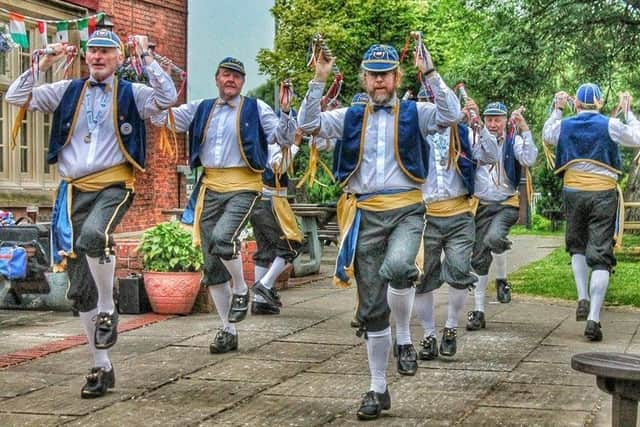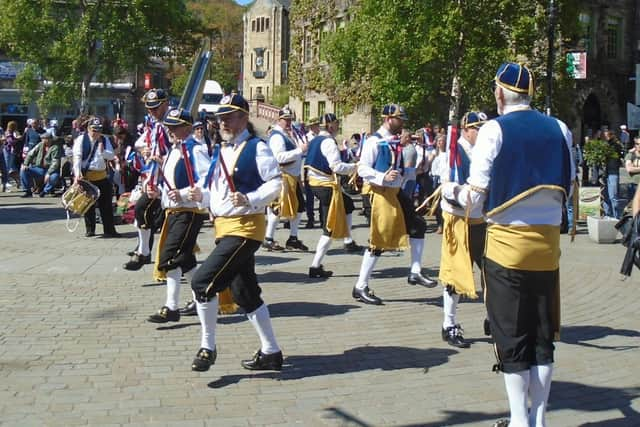Royal Preston Morris Dancers: keeping heritage and tradition alive in Lancashire
This article contains affiliate links. We may earn a small commission on items purchased through this article, but that does not affect our editorial judgement.
and live on Freeview channel 276
The Royal Preston Morris Dancers is a men’s Morris team which performs dances researched and collected from the Lancashire Plain. Dating back to the 1890s, after the group’s initial heyday died down, the club was reformed in 1978, committing themselves to being as authentic as possible in terms of costume.
A friendly and welcoming team which is proud to uphold historical traditions, the Royal Preston Morris Dancers continue to perform in bright clothing, clogs with irons nailed to their soles to accentuate the rhythm of the music, and with sticks or short ropes named ‘mollies’ in each hand. They are a tribute to people’s passion for keeping tradition alive.
Advertisement
Hide AdAdvertisement
Hide Ad“In 1979, I was involved with folk music and, in those days, there were folk clubs and dances virtually every night,” says club member Rob Alton on how he came to join the Royal Preston Morris Dancers. “One thing led to another and, back in those days, a lot of morris dancers came from a folk background. It just went from there, really.


“I fell in love with it from the start and really enjoyed it,” adds Rob, 65, from Croston. “It’s upholding our traditions, which I always thought was really important because once they’re gone, they’re gone. They’ll disappear and as soon as they stop happening, they very rarely restart. Knowing we’re keeping that flame alive gives us all a lot of pride.”
Still performing at a wide variety of local events in the towns and villages around Preston, the organisation also dances with other teams in other parts of this country and abroad. During the Covid-19 pandemic, however, the club had to put things on hold, eventually holding their first public performance since December 2019 this June.
“There’s always been an element of camaraderie and, when we went dancing out, it used to be a really good social scene,” says Rob. “During Covid, we set up Zoom meetings just to keep in touch. Our first performance back together, unfortunately, was at the funeral of one of our former members, so we had a memorial dance out for him.
Advertisement
Hide AdAdvertisement
Hide Ad“We need eight people to dance and it’s hard to get a team together sometimes, so we’re always looking for new members,” he adds. “Post-Covid, we need youth and numbers so anyone thinking about coming down, try before you buy, but it’s great fun.”


The group also has something of a ripping yarn to tell about the meeting of Lancastrian tradition, a master clog-maker, and the Queen herself.
“In 1979, the Queen opened the cenotaph on Preston Flag Market,” says Rob. “The team danced and presented her with a pair of size five clogs made by master clog-maker Jack Crawshaw. In 2015, I was invited to the palace and asked one of the Royal household about the clogs, which were in the royal collection.
“He said ‘I’ve seen them, but I’ve not seen Her Majesty wear them that often!’”